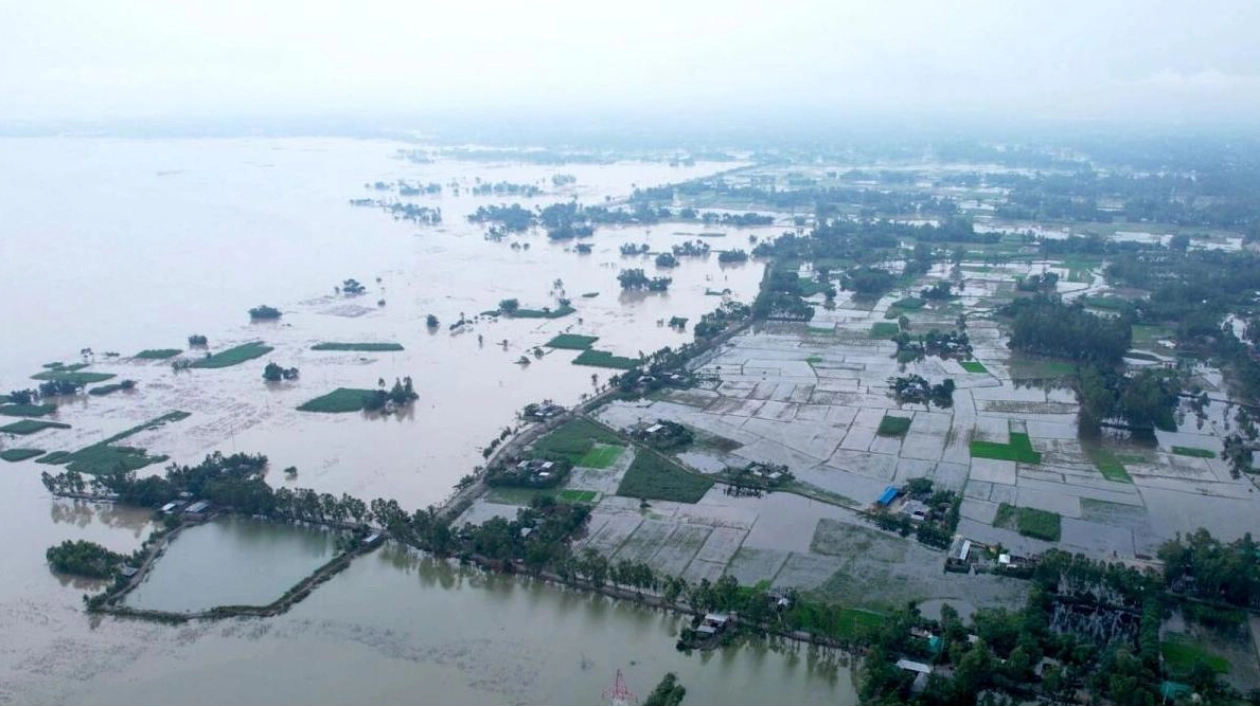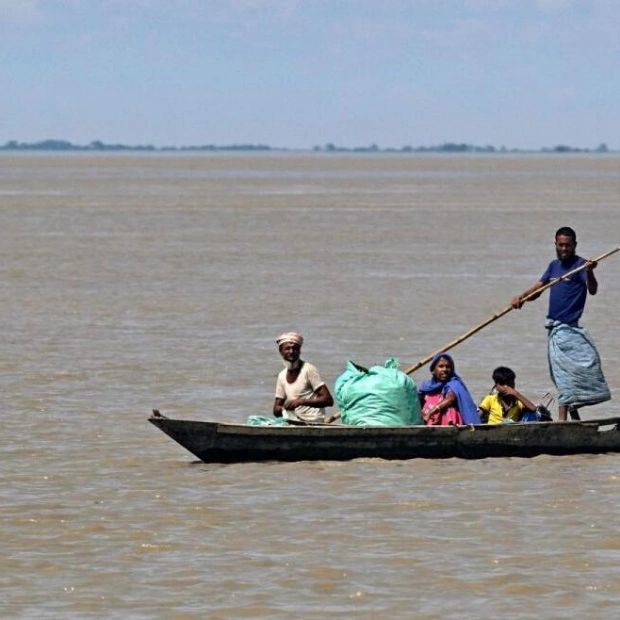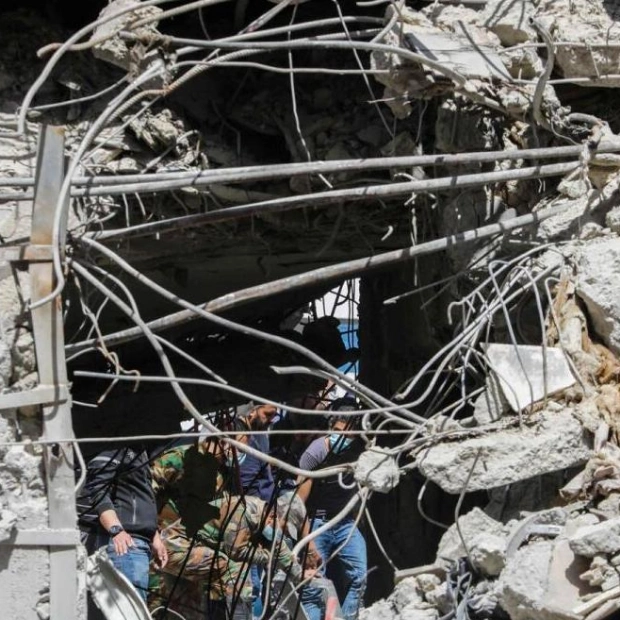Flooding in Bangladesh has devastated homes and closed schools, forcing tens of thousands of people to flee, according to the disaster and relief ministry on Tuesday. The situation is expected to deteriorate further with forecasts of heavy rainfall in the coming days. Approximately 40,000 individuals are currently seeking shelter in government facilities, and over 600 medical teams have been deployed to assist flood victims. Television broadcasts have depicted flooded roads, damaged bridges and dams, and villagers navigating through water up to their knees. Farmers have also been compelled to save their livestock from the rushing waters.
"Bangladeshis are accustomed to flooding, but the rapid and intense rise in water levels in low-lying areas has left people no choice but to seek refuge on makeshift rafts, even those constructed from banana trees," explained Liakath Ali, the head of the climate change program at development agency BRAC. The local meteorological office predicts additional rainfall in the central and southern regions, although the swollen Brahmaputra river is anticipated to decrease in volume over the next few days.
"Heavy rains upstream in India indicate that the crisis is not yet over. We have implemented measures to address the situation," stated Rezwanul Rahman, the head of Bangladesh's disaster management department. Seasonal monsoon rains, which commence at the end of May, have led to extensive flooding in both India and neighboring Bangladesh in recent years. In India's Assam, located to the north of Bangladesh, floodwaters have begun to recede, providing relief to approximately 48,000 people in camps. In the past 24 hours, six more deaths were reported due to rain and flood-related incidents, bringing the total death toll in the state since May to 72. Over 2 million people have been impacted by the floods in Assam, including the Kaziranga National Park, which houses the endangered one-horned rhinoceros.
A significant rainfall on Tuesday in the National Capital Region of Delhi and its suburbs caused traffic disruptions. Just over a week ago, unusually heavy rains in New Delhi led to the collapse of a roof at the airport terminal. This week, heavy downpours flooded roads and railway lines in Mumbai, the financial capital, disrupting flights and forcing the closure of schools.






